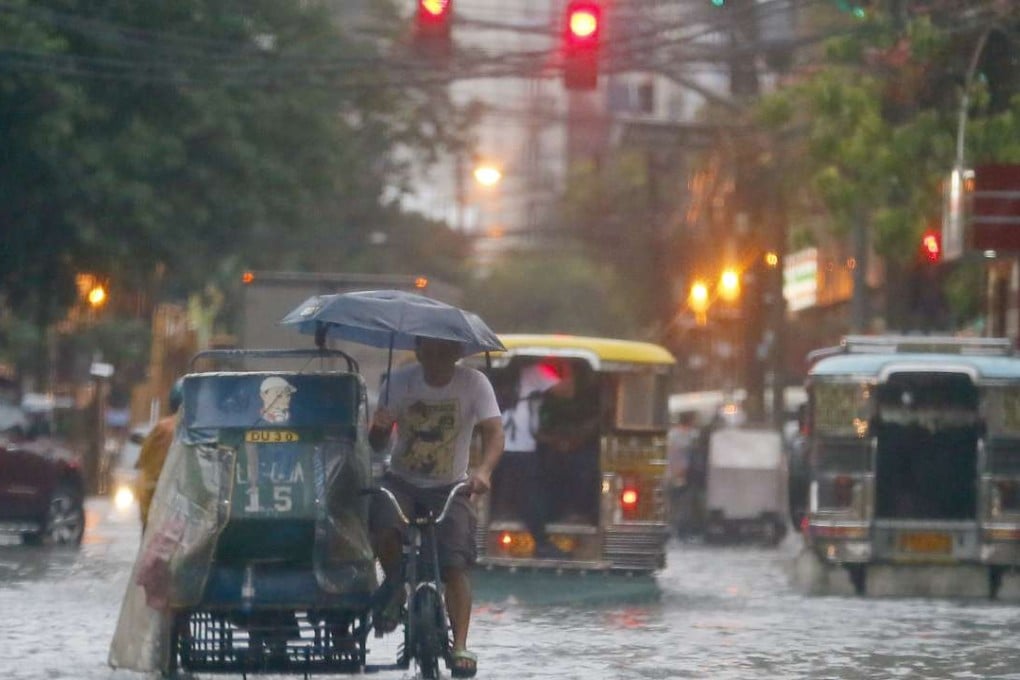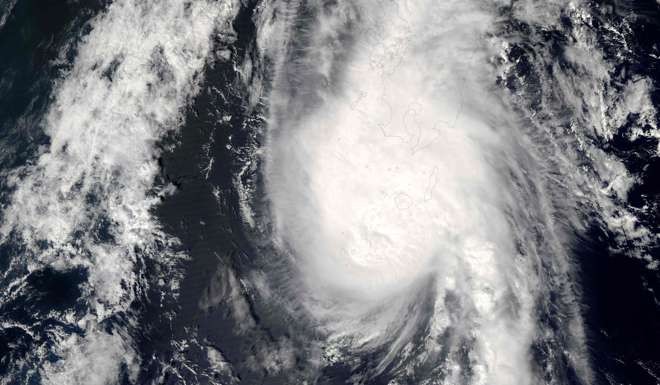New | Typhoons battering Asia getting much stronger: study

Typhoons that slam into land in the northwestern Pacific — especially the biggest tropical cyclones of the bunch — have gotten considerably stronger since the 1970s, a new study concludes.
Overall, landfalling Asian typhoon intensity has increased by about 12 percent in nearly four decades. But the change is most noticeable for storms with winds of 209 kilometers per hour or more (130 mph), those in categories 4 and 5. Since 1977, they’ve gone from a once-a-year occurrence to four times a year, according to a study Monday in the journal Nature Geoscience.

These are storms like Lionrock that in August killed at least 17 people, about half of them elderly residents of a Japanese nursing home, and Haiyan — one of the strongest storms on record, killing more than 6,000 people in the central Philippines in 2013.
Study lead author Wei Mei, a climate scientist at the University of North Carolina, connects the strengthening of these storms to warmer seawater near the coasts. That provides more fuel for the typhoons.